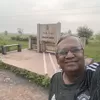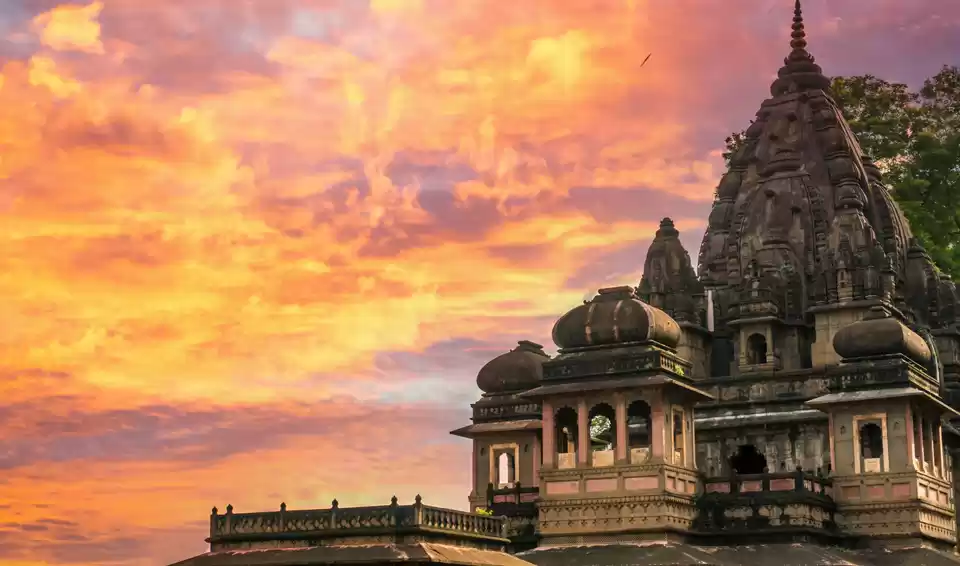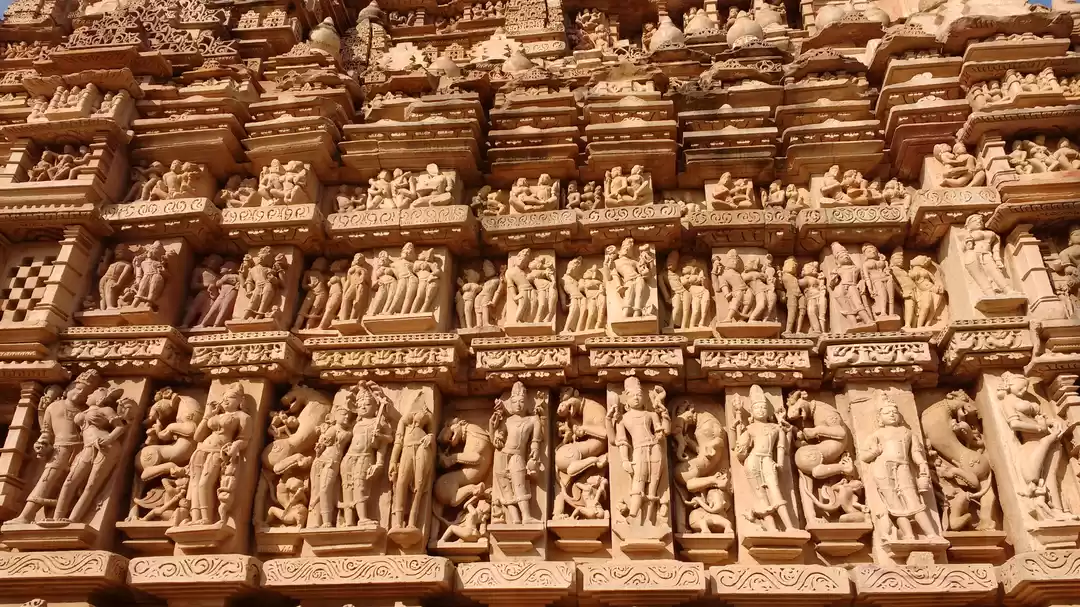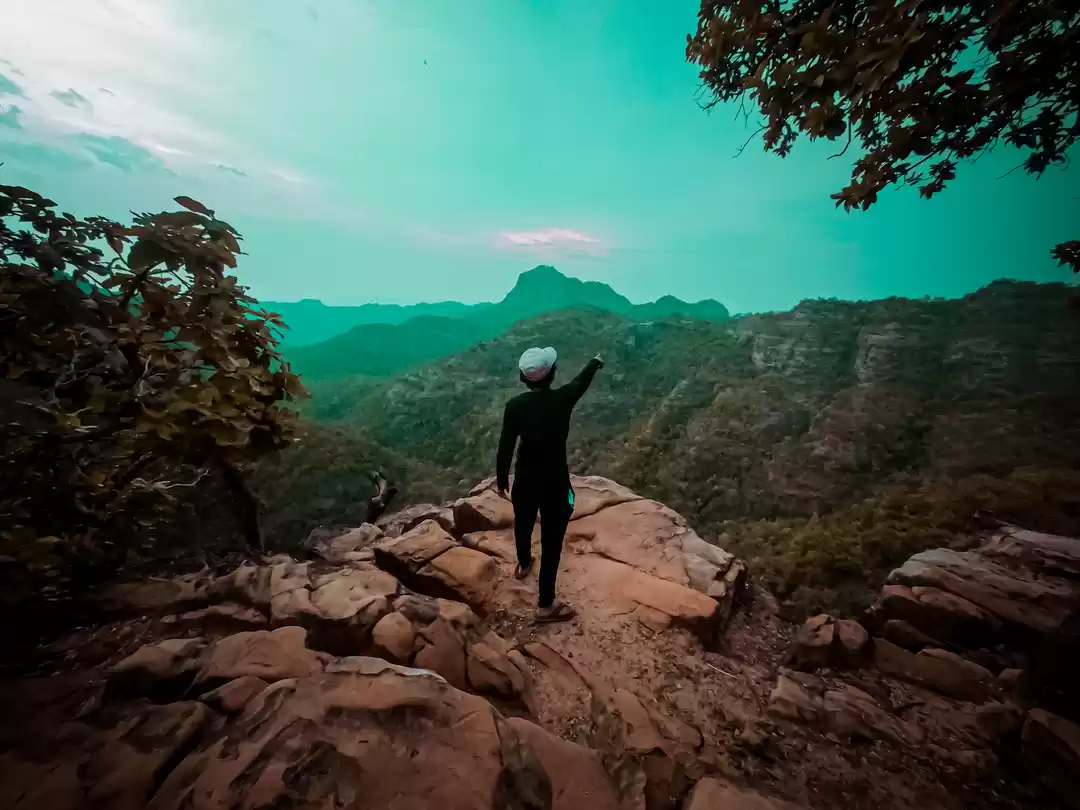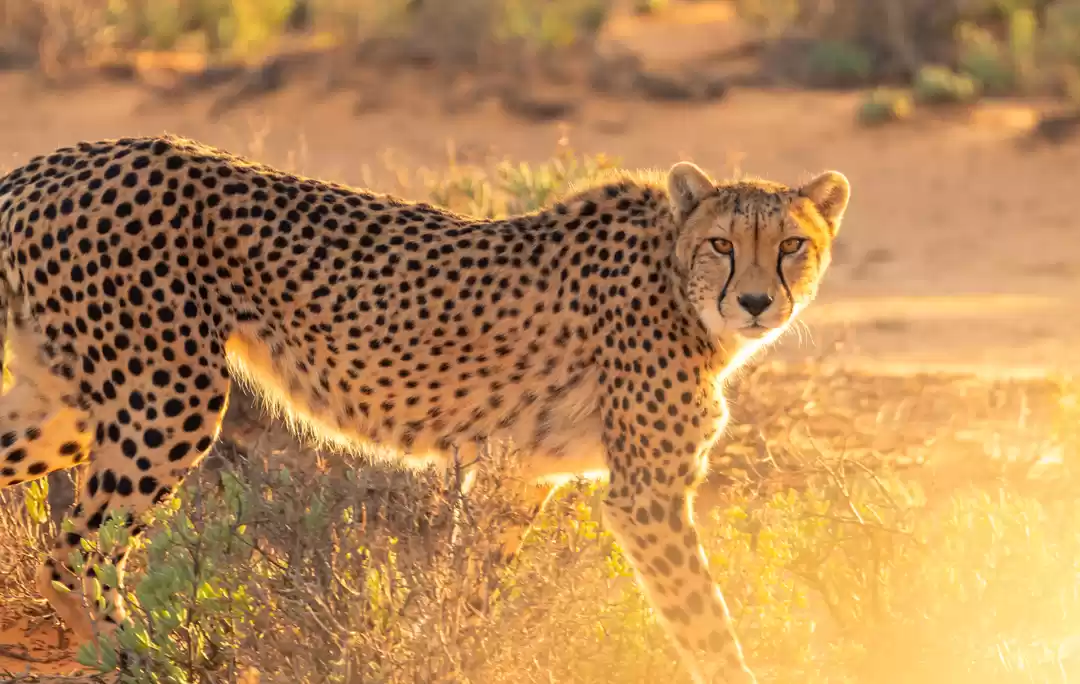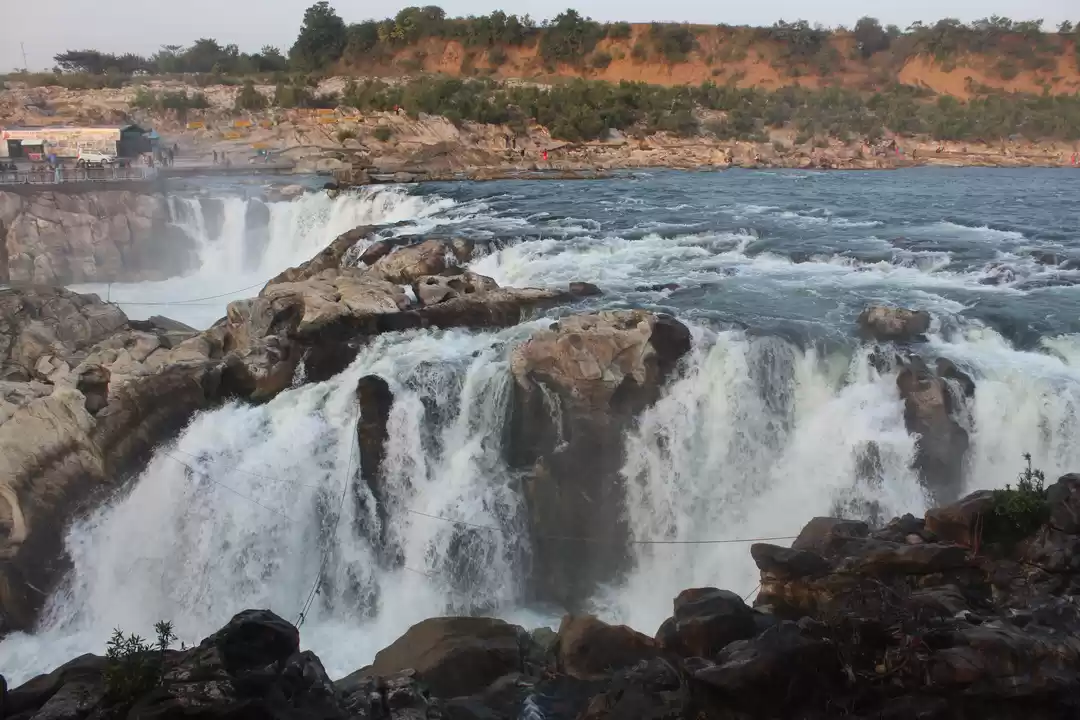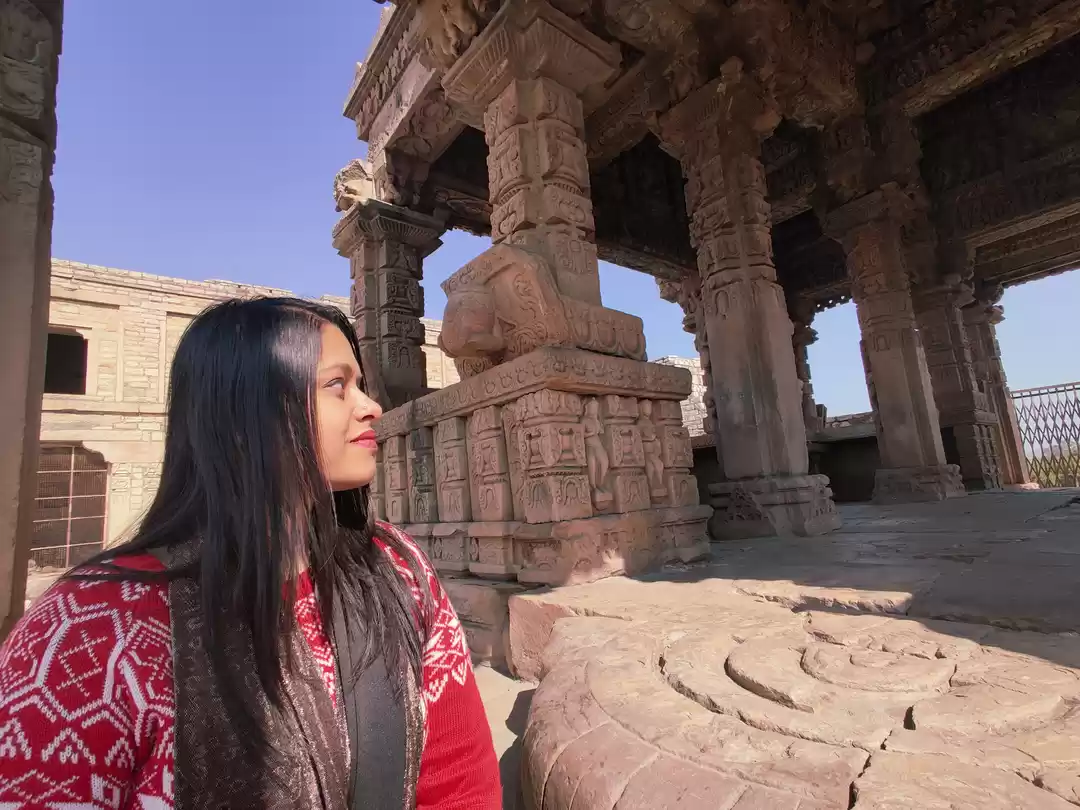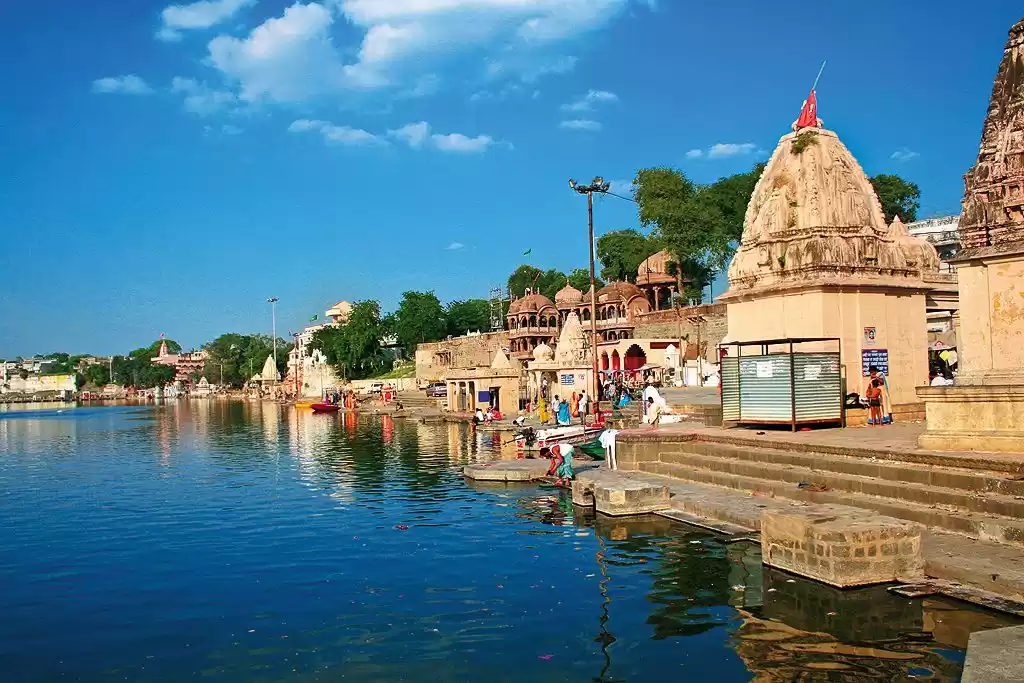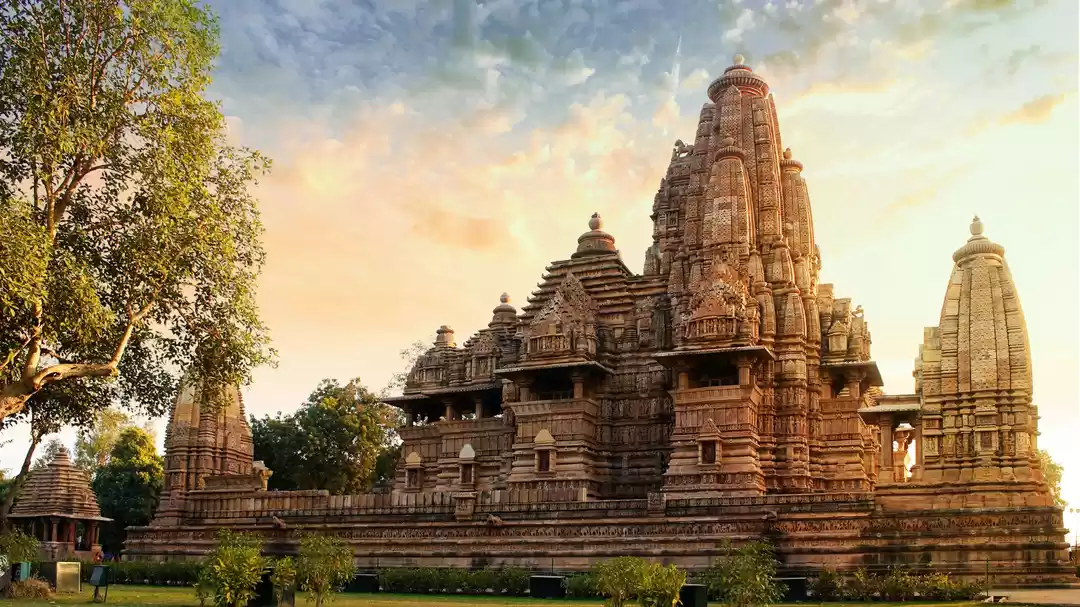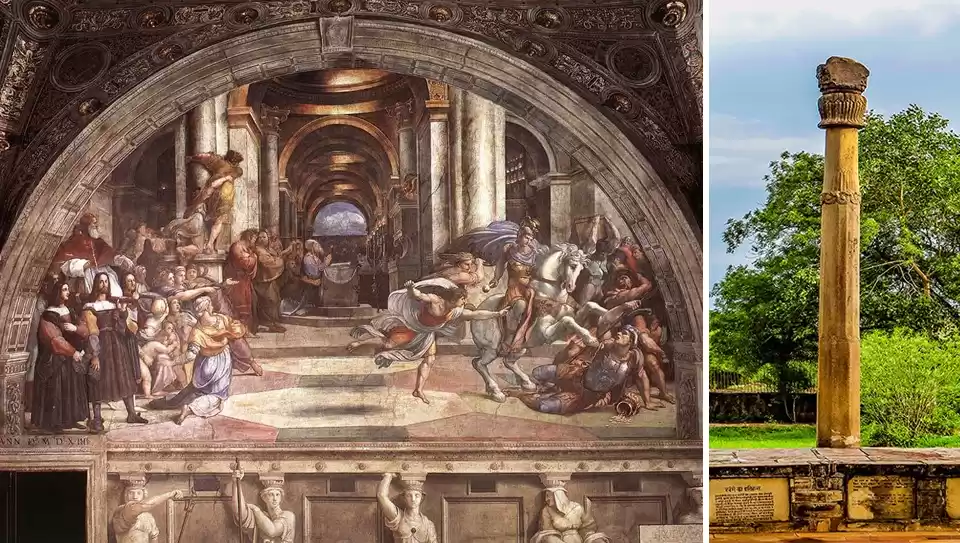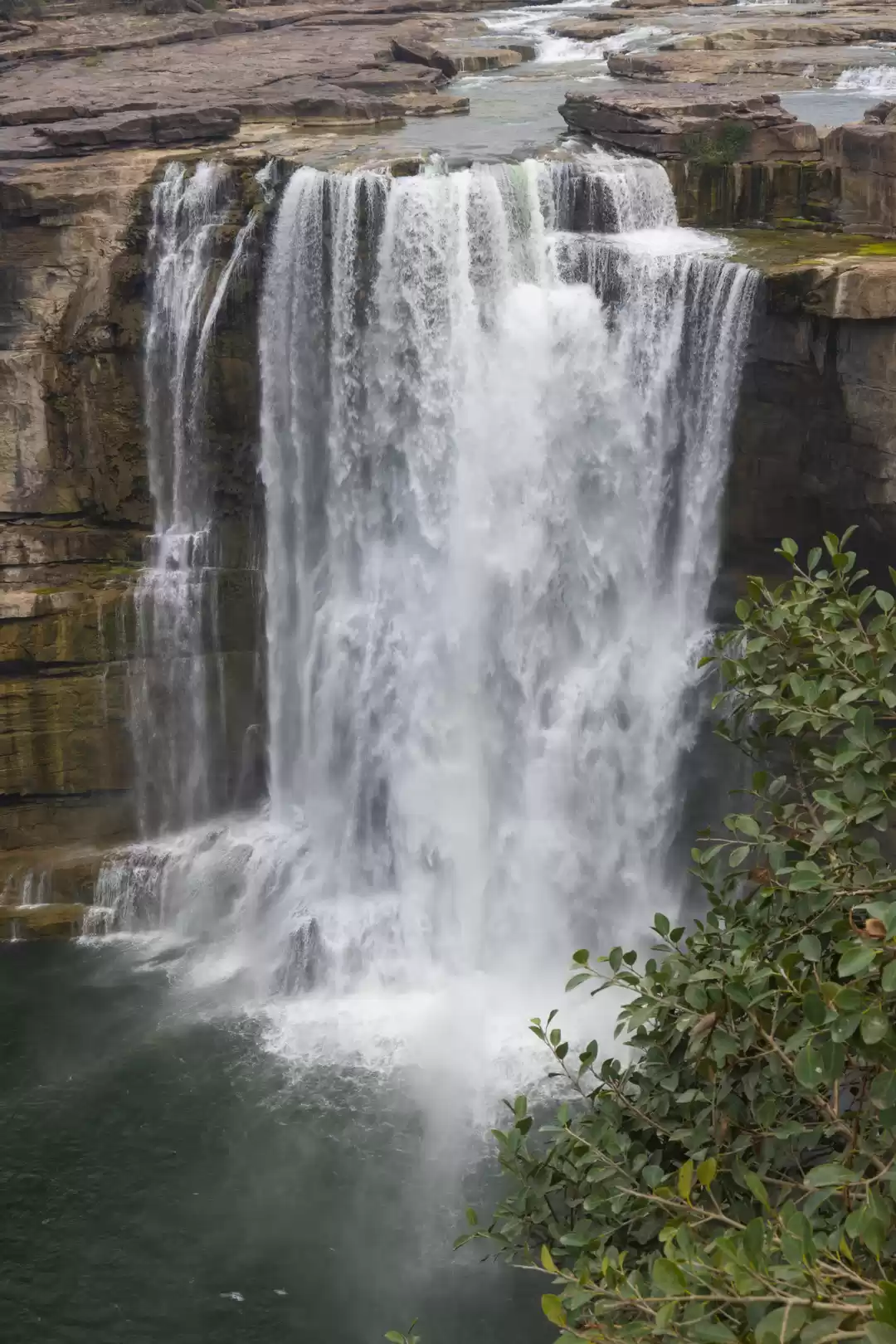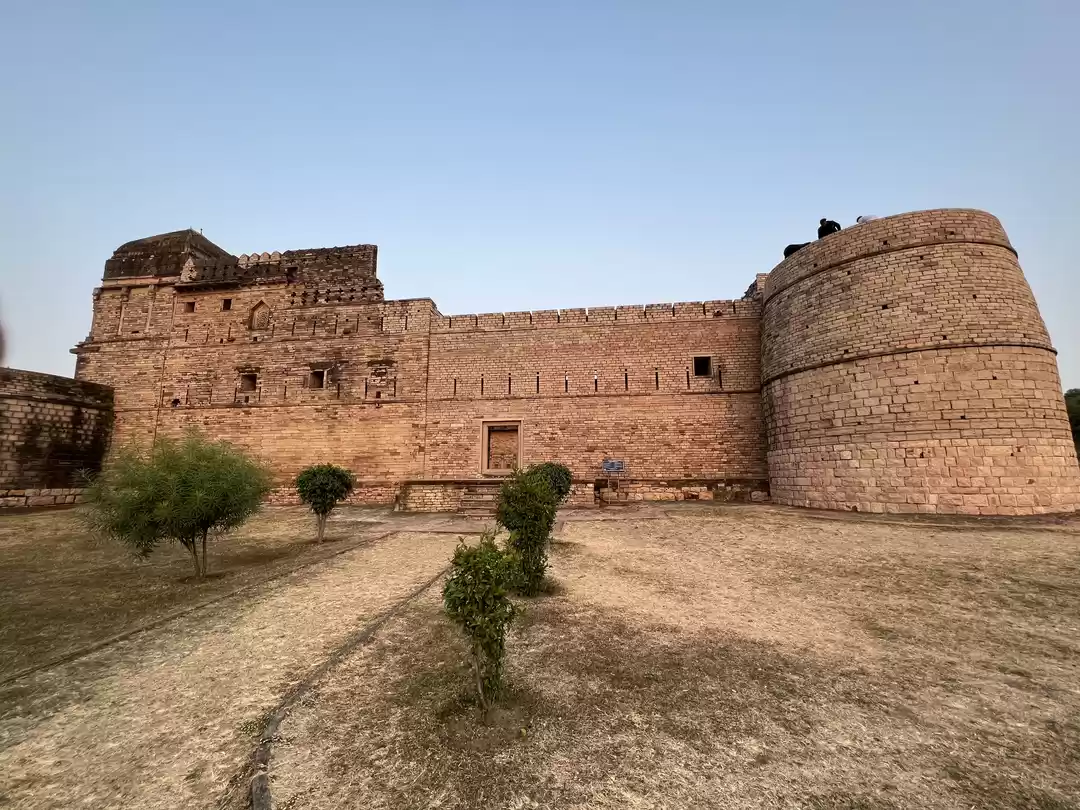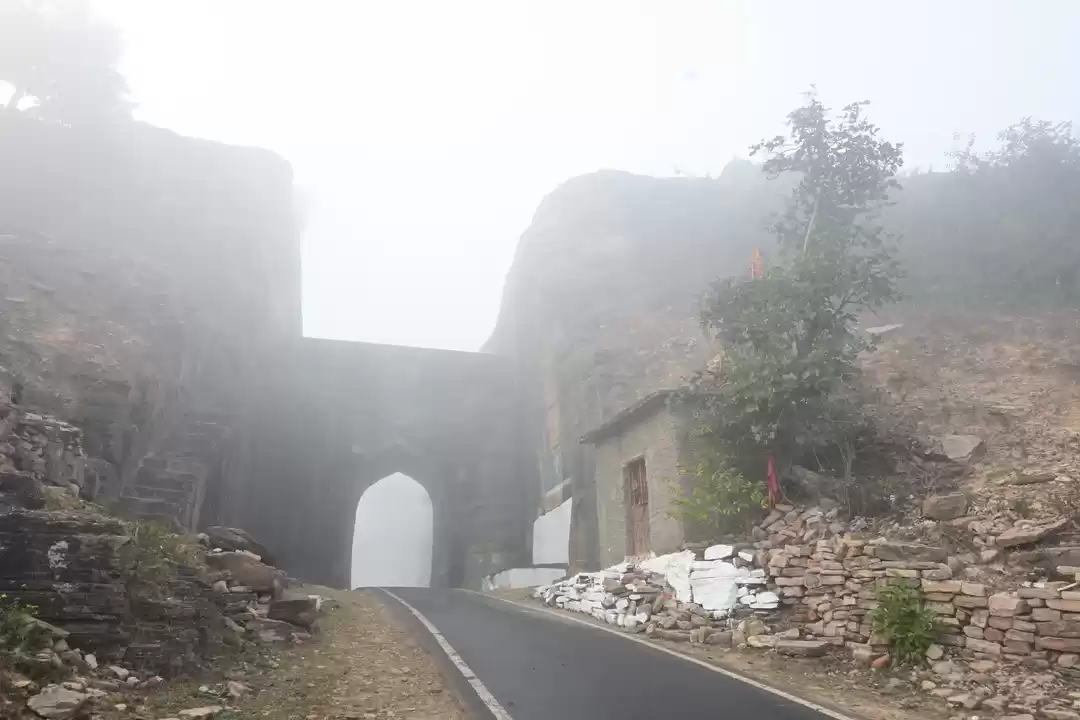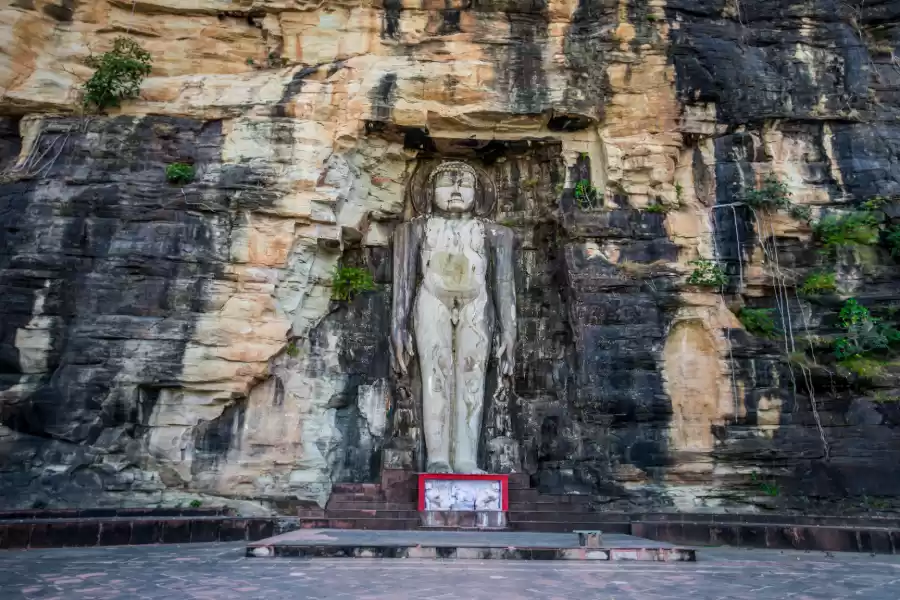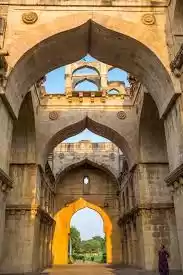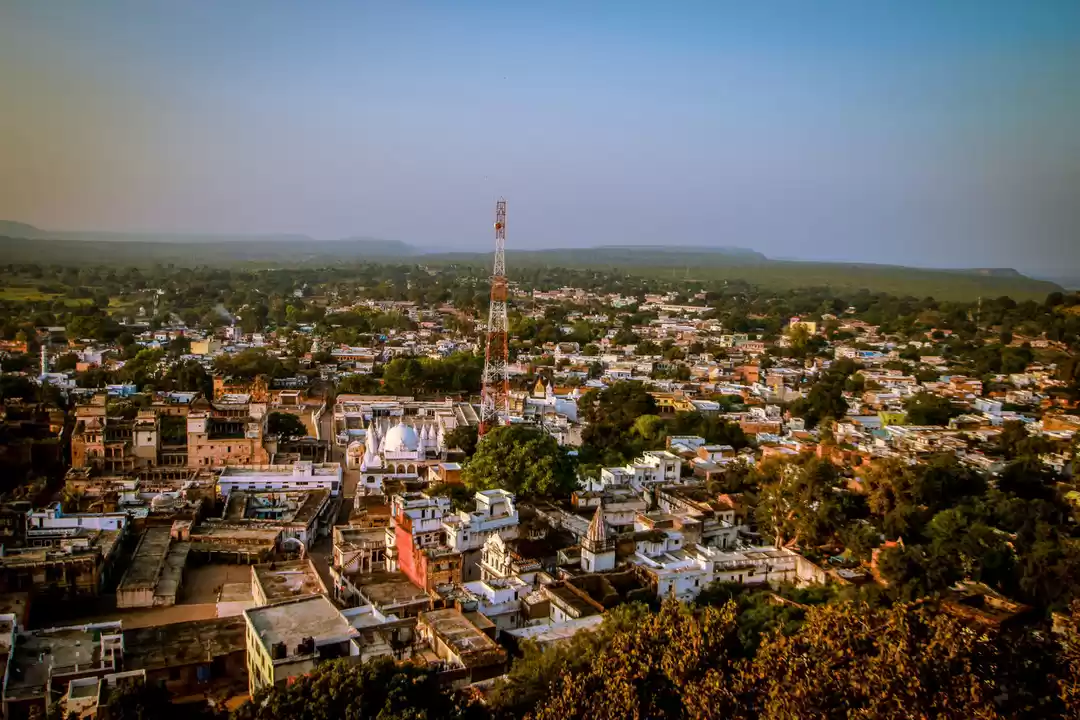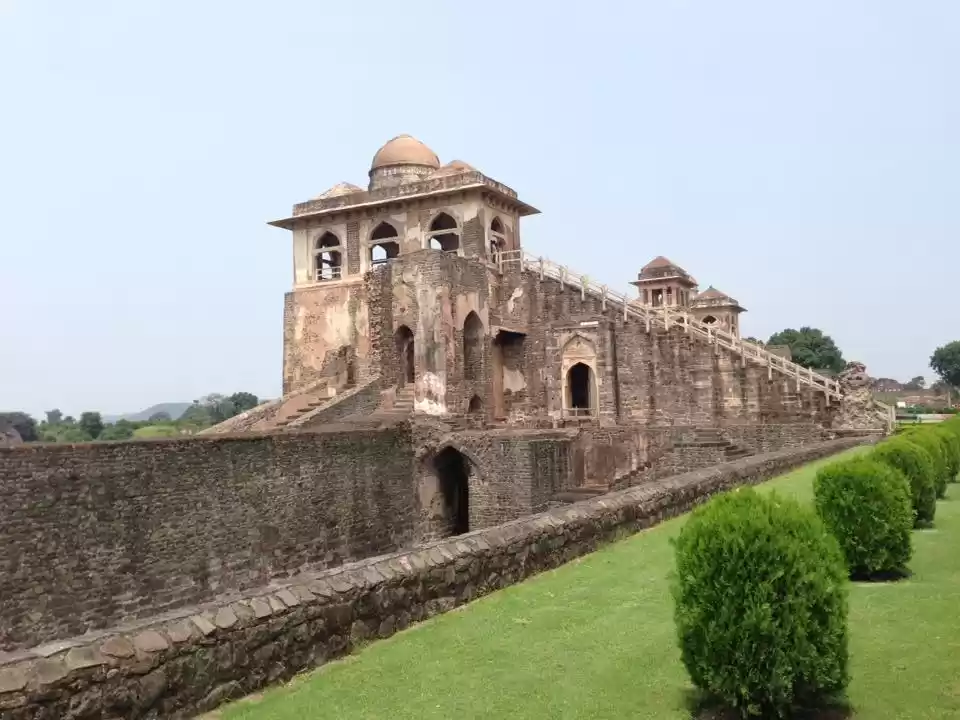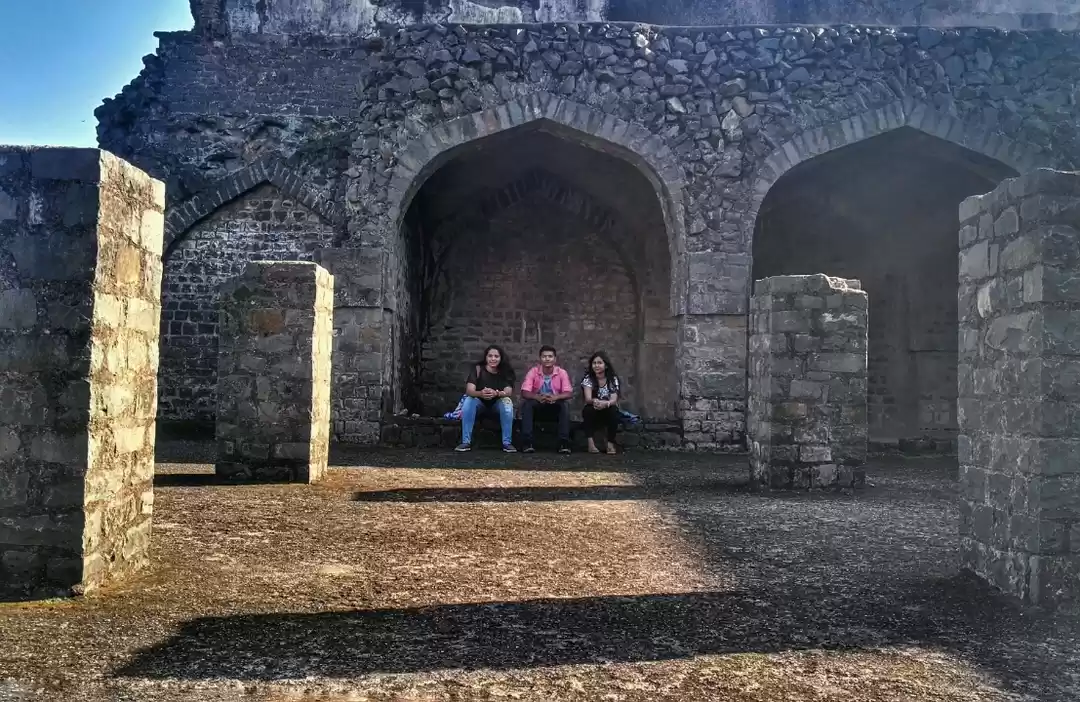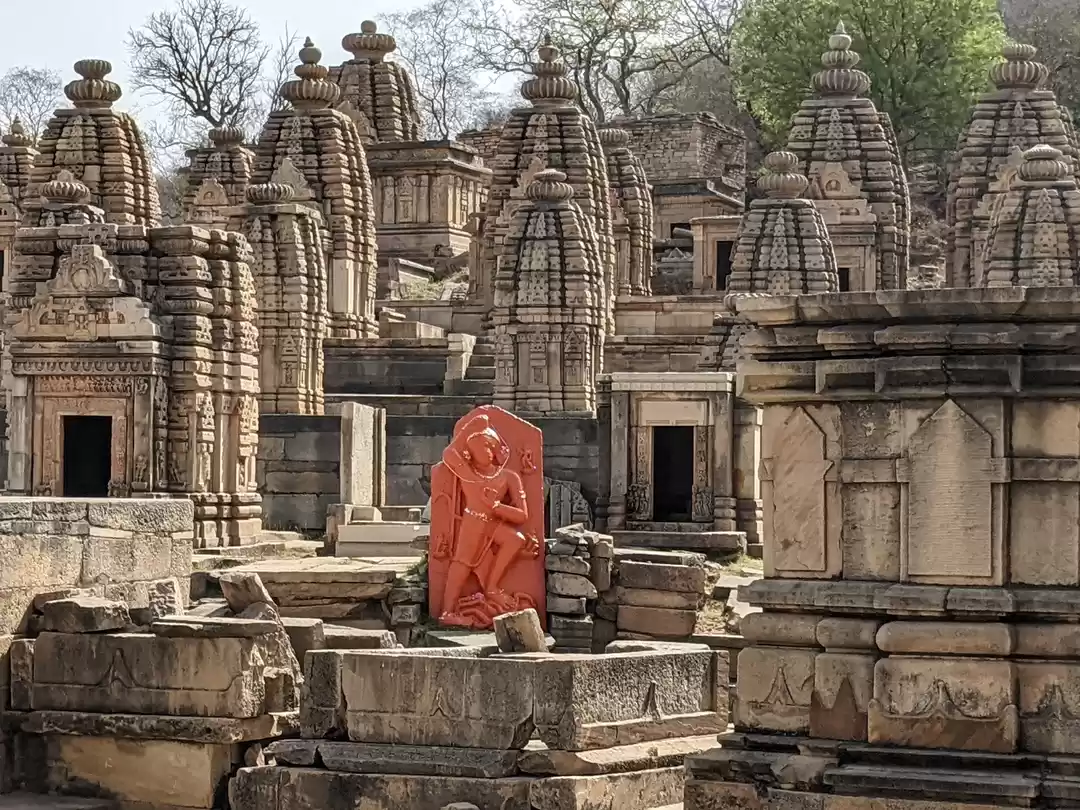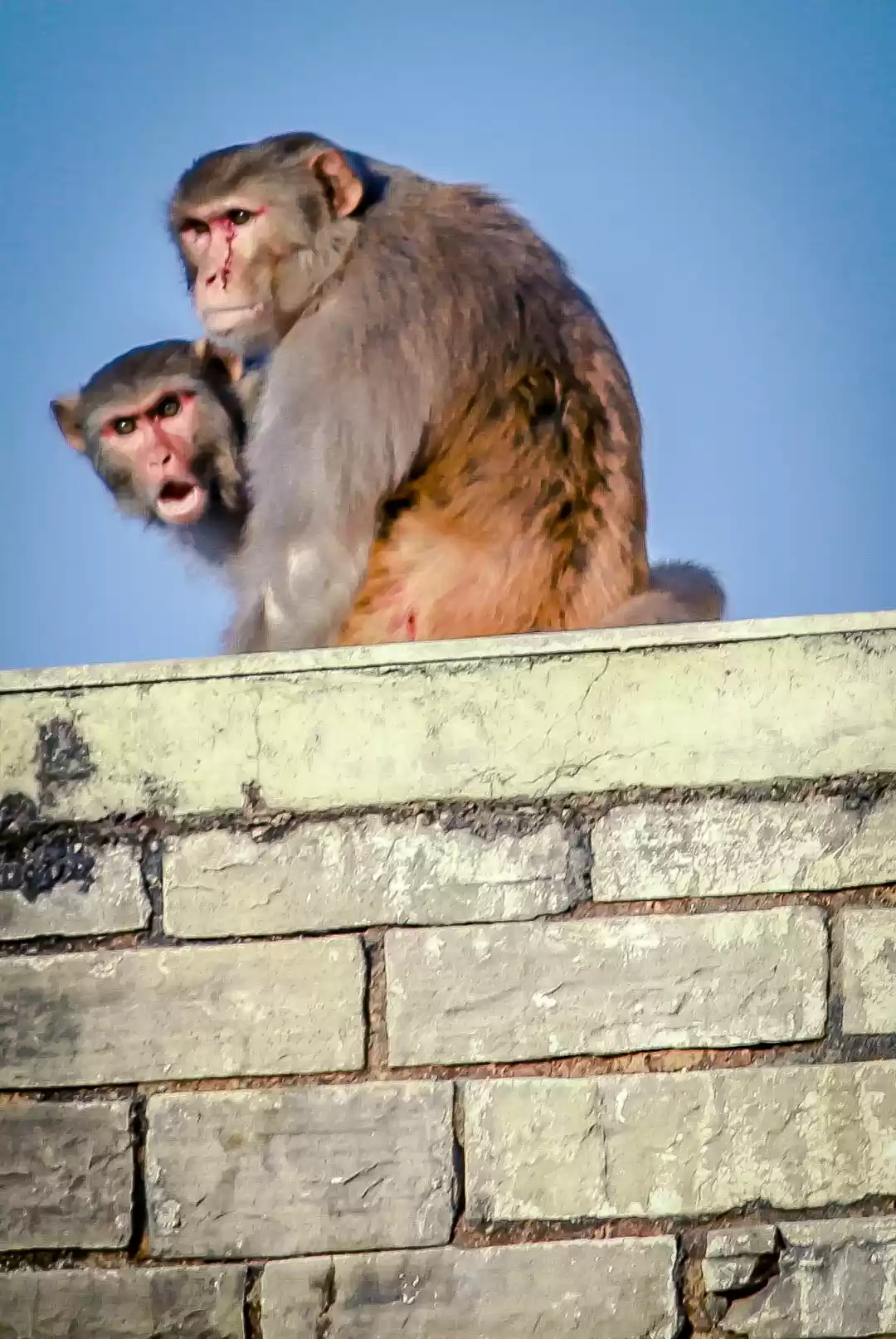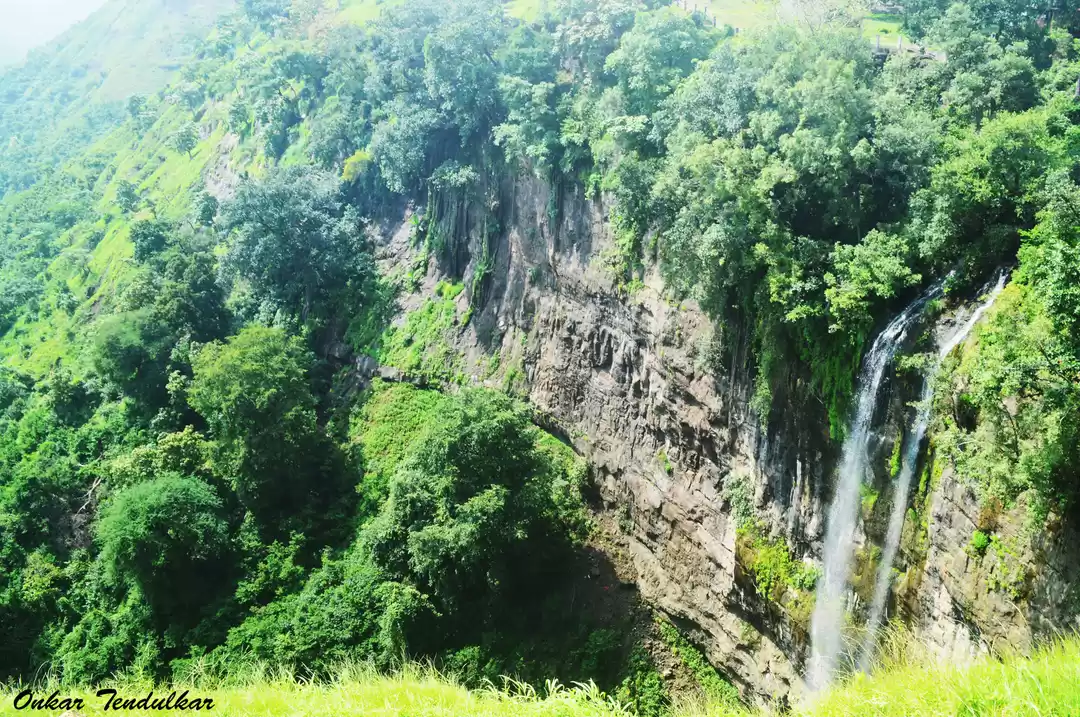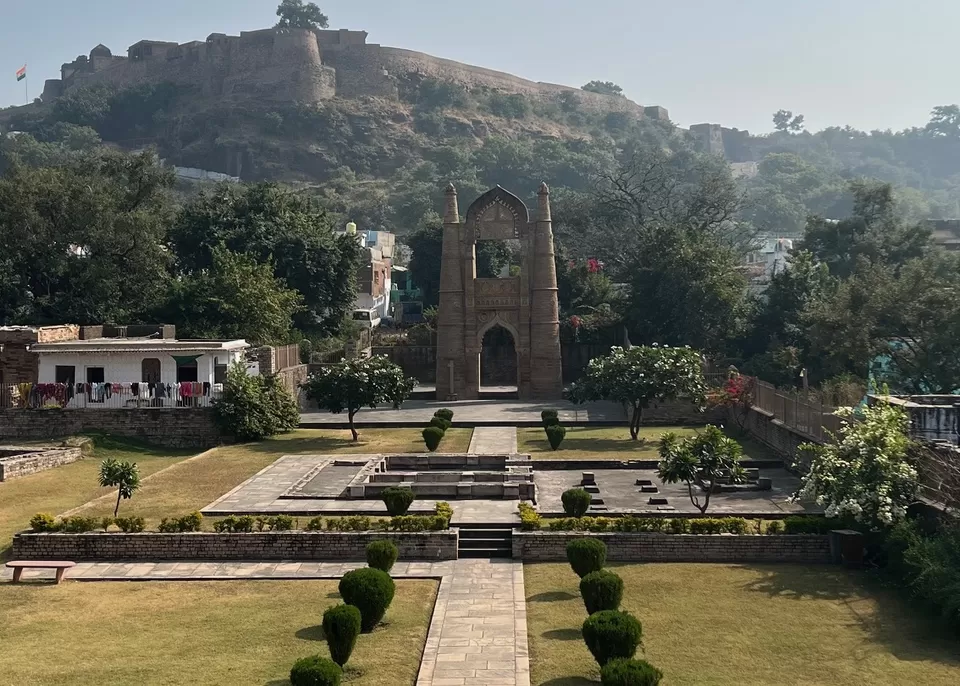
Less explored place in MP – Chanderi !!!
For pix related to Chanderi click this link
https://www.tripoto.com/trip/pix-from-solo-trip-to-chanderi-mp-652cbcaa4bdd0
Youtube vlog can be seen by clicking the following link
https://youtu.be/VXJALUO5W-g?si=MdNMrWnfs73PWBJ1
Now read on
Few Months back, when I told my friend, based out of Indore that I want to do a circuitous tour of Madhya Pradesh, he suggested many places such as, Gwalior, Ujjain, Mandu, Maheshwar, Omkareshwar, Bhopal and its nearby locations and ofcourse Indore. Along with the list was also a place named Chanderi.
First thing which came to my mind was Chanderi Silk and Chanderi town being depicted in few Bollywood movies (For example Stree, Sui Dhaaga etc.,) Next was to search in Google map its location as to where it was ?
Chanderi, is a very small town of historical importance in MP. It is situated at a distance of around 55 KM from Ashok Nagar and the closest city is around 40 KM away which is Lalitpur in UP. It is surrounded by Vindhya hills and is in southwest of the Betwa River. Surrounded not just by hills, but also by lakes and forests and is spotted with several monuments of the Bundela Rajputs and Malwa sultans. It is famous for ancient Jain Temples as well.
We reached Chanderi from Indore by road via Guna and Ashok Nagar. It took us around 7 hours to reach the MPT Resort where we had booked our stay for two nights. There are two MPT Resorts here and both are superbly located. MPT Kila Kothi is located along within the fort complex, which was once under the control of the Scindias. The other MPT Resort Tana Bana is located below the fort facing the nature and forest.
Best part of the MPT resort stay in Chanderi is the Welcome address given by Shrikant Mishra ji to every guest who checks in.
After checking in, what all places to see ? who would be the best guide in Chanderi ? We ask few people out there and also in the reception. All of them point us to contact one person named Kalley Bhai. We contact him and he arrives in a about 30 minutes time and introduces himself.
Muzaffar Ahmad Ansari (Kalley Bhai) is the only tourist guide in Chanderi licensed by the MP Tourism.
For more than 20 years, Muzaffar Ansari has been dedicated towards retracing the history of Chanderi and rediscovering its lost significance. He has been promoting it not just as a tourist destination but also as a place of historical and cultural importance.
He has also acquired vast knowledge in the fields of archaeology, epigraphy, paleography and numismatics. He has considerable expertise in the Persian and Sanskrit languages and is familiar with their scripts. He also has knowledge of ancient Indian languages Prakrit and Pali.
He was responsible for discovering caves with rock paintings including Raja ki Gufain, Chiroli ki Gufain, Aamkho ki Gufain, Bharkhi ki Gufain and Deokani ki Gufain. He was also associated with the discovery of the remains of a Wooly mammoth which were recovered from a field in Sangampur Chak and acknowledged by the Archaeological Survey of India (ASI).
He is an active member of the Guna Ashoknagar Puratatva Sangh, an organization that is involved in the new archeological and historical discoveries that are made in the districts of Guna and Ashoknagar. He is the resident expert on all historical matters and is often asked to read and date any new coins that are recovered from the region.
He also contributed towards the setting up of the Chanderi Museum which was inaugurated on 14th September, 2008. Many of his findings including coins, stone tools, cannon balls, old locks, spearheads, inscribed copper plates etc. have been donated by him and are currently on display at the museum.
Now that he has given his brief introduction, we start our tour along with him and our first destination is :
Baiju Bhawra memorial near the fort entrance
In an obscure corner, within the complex of Chanderi Fort, is a plain stone quadrilateral devoid of ornamentation of any sort. It is surrounded by different species of cacti. This happens to be the tomb of Baiju Bawra, a legendary musician who is believed to have lived during medieval times.
Fort
After paying respects to the great musician, we proceed ahead to see the Fort in the evening hours with Sun going down behind the tall mountains far off, giving a beautiful look. It is said that Chanderi found place in Mahabharata as well, with Shishupal ruling the city then. Chanderi is mentioned by the Persian scholar Alberuni in 1030. Ghiyas ud din Balban captured the city in 1251 for Nasiruddin Mahmud, Sultan of Delhi. Sultan Mahmud I Khilji of Malwa captured the city in 1438 after a siege of several months. Rana Sanga of Mewar conquer much of the Malwa along with Chanderi and appointed his vassal Medini Rai a rebellious minister of Sultan Mahmud II of Malwa as ruler of Malwa under his lordship. Medini Rai made Chanderi as capital. Later Babur captured it and lost it to Sher Shah Suri in 1542. Akbar made the city a Sarkar.
Later Bundelas captured it back to be annexed by British and finally coming to the hands of Scindias of Gwalior. With Chanderi being in the centre of North-South and East – West route, it was always an happening place.
Khuni Darwaja
This place which is Ruins right now literally derives its name from a bloody Incident.
War between king of Chanderi and Mughals was so Violent that blood actually flowed down from this gate.
This is at Chanderi fort complex only and you can walk down to this place from Fort Campus only.
Visit this place either on Sunrise or Sunset to get the best Views of Old Chanderi town
Koshak Mahal
It is an ancient palace structure whose gateways are main attraction. It is a multi-storyed building with so many gateways with arches which make it unique structure and distinguishes it from other monuments of Chanderi. It is a square shaped building. It is a complex of 4 palaces at equal dimensions standing at equi distant. It is the passages that connects them and also acts are way for ventilation and passage to natural light. Overhead corridors connects them directly from each other. It is a triple storied building in which tourists will get access to terrace area. At present, building is not in its original state. It is evident from first view. Top area has damage marks in which earlier Chattris were made.
The palace was built by the Sultan of Malwa, Mehmood Shah Khilji, in 1445. It was constructed as a monument to mark the victory of Mehmood Shah in the battle at Kalpi over Sultan Mehmood Sharki.
Badal Mahal
Badal Mahal Darwaza is basically a singular structure of a gate that doesn’t lead to any palace or mahal. This historic gate enjoys a central location in Chanderi, near the Jama Masjid. This imposing gate was constructed by Sultan Mehmood Shah Khilji, the King of Malwa, in the 15th century. It was built to mark a significant victory. Badal Mahal Darwaza has a height of 100 ft. The structure features elaborate carvings and impressive motifs. The top of the gate features an arched design and two tall minarets stand guard on both sides.
The gate is also said to have played a significant role in the town's defense, providing a strategic vantage point from which to spot approaching enemies.
Today, the Badal Mahal Gate is a popular tourist attraction, drawing visitors from all over the world who come to admire its beauty and learn about its rich history. Visitors can climb to the top of the gate and take in the stunning views of the town and the surrounding countryside. They can also explore the intricate carvings and inscriptions that adorn the gate's facade, which tell the story of its construction and the history of Chanderi.
Kati Ghati
Standing high at 230 feet above ground level, Kati Ghati gate is 80 feet high and 39 feet wide. Cut out from a living rock, this is a linking route between Bundelkhand and Malwa. Some stories indicate that the rock was cut down by night in order to attack Chanderi and bring down the Mughal arms and cavalry. The second and most trustworthy historical tale is that Jiman Khan, the son of the then Governor of Chanderi, Sher Khan commissioned this gate to be constructed in order to welcome the Sultan of Malwa, Ghiyas-ud-din Khilji. Considering the time crunch, Jiman Khan announced a handsome reward to anyone who could cut down the rock in one night. Only one mason agreed to complete the project and he was successful in doing so. When Jiman Khan inspected the gate, he found that there were no hinges on the gate in order to install doors. Considering the incomplete work, Jiman Khan refused to pay the mason. This made the mason disconsolate and he committed suicide at the same spot. Till date, this massive rock gate bears no door.
Jama Masjid
Jama Masjid was built in the 13th century by Ghiassudin Balban and is one of the most important and popular tourist attractions in Chanderi. It is a huge and magnificent structure and the largest mosque present in Bundelkhand. On the top of the mosque there are three huge domes built over the hall which give the mosque a very magnificent look.
Shezadi Ka Rauza
Shehzadi Ka Rauza is the burial site of Mehrunnisa, the daughter of a governor and her lover who was the chief of the army. Mehrunnissa and her lover breathed their last at this particular place and were buried exactly at the same place. A fort and a pond was built around the resting place of both the lovers so that it could be out of reach of people.
Ramnagar Palace and lake
The road through the Kati Ghati gate leads up to the Ramnagar Palace which had also a museum but now no musume exist here . Termed as palace, the structure is in fact a hunting lodge and retreat which was built by Maharaja Durjan Singh Bundela in AD 1698.
Surrounded by lush greenery on one side and the Mehjatiya Pool on the other, the palace serves as a popular picnic spot. The Governor Bahjat Khan had ordered the creation this artificial lake and it was initially named Bahjat Khan Pond but the name was later distorted to Mehjatiya. This lake is of historical importance as well. It was here that Babur had camped the night before he mounted the attack on the Chanderi fort, on January 28, 1528.
Little bit about Chanderi silk
The Chanderi as it is known today, is a fabric woven with a silk warp and a 100-count cotton weft. However, up until the ’50s, it was woven entirely with 200-count cotton. Chanderi was as famous as jamdani, and used to make pagdis for the kings as well as saris and dhotis. In 1945, the industry was introduced to a silk yarn that came from Japan, and that is when the blend of cotton and silk became popular. In the last decade, weavers have also started producing silk on silk chanderi to make it a more luxury product. The city is full of such small and medium weavers across the city.
Hope you liked the vlog:

